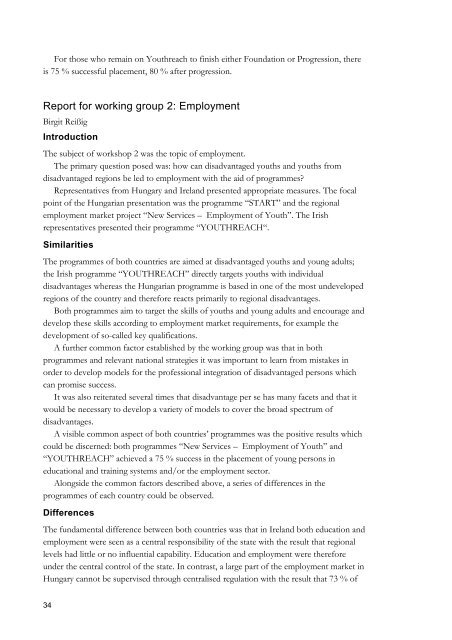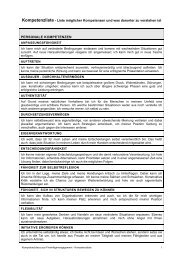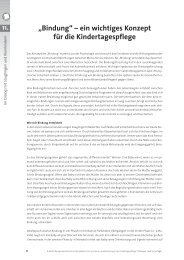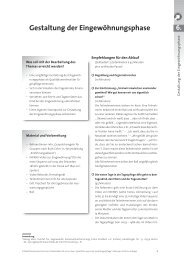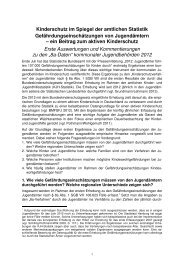download - Deutsches Jugendinstitut e.V.
download - Deutsches Jugendinstitut e.V.
download - Deutsches Jugendinstitut e.V.
You also want an ePaper? Increase the reach of your titles
YUMPU automatically turns print PDFs into web optimized ePapers that Google loves.
For those who remain on Youthreach to finish either Foundation or Progression, there<br />
is 75 % successful placement, 80 % after progression.<br />
Report for working group 2: Employment<br />
Birgit Reißig<br />
Introduction<br />
The subject of workshop 2 was the topic of employment.<br />
The primary question posed was: how can disadvantaged youths and youths from<br />
disadvantaged regions be led to employment with the aid of programmes?<br />
Representatives from Hungary and Ireland presented appropriate measures. The focal<br />
point of the Hungarian presentation was the programme “START” and the regional<br />
employment market project “New Services – Employment of Youth”. The Irish<br />
representatives presented their programme “YOUTHREACH“.<br />
Similarities<br />
The programmes of both countries are aimed at disadvantaged youths and young adults;<br />
the Irish programme “YOUTHREACH” directly targets youths with individual<br />
disadvantages whereas the Hungarian programme is based in one of the most undeveloped<br />
regions of the country and therefore reacts primarily to regional disadvantages.<br />
Both programmes aim to target the skills of youths and young adults and encourage and<br />
develop these skills according to employment market requirements, for example the<br />
development of so-called key qualifications.<br />
A further common factor established by the working group was that in both<br />
programmes and relevant national strategies it was important to learn from mistakes in<br />
order to develop models for the professional integration of disadvantaged persons which<br />
can promise success.<br />
It was also reiterated several times that disadvantage per se has many facets and that it<br />
would be necessary to develop a variety of models to cover the broad spectrum of<br />
disadvantages.<br />
A visible common aspect of both countries’ programmes was the positive results which<br />
could be discerned: both programmes “New Services – Employment of Youth” and<br />
“YOUTHREACH” achieved a 75 % success in the placement of young persons in<br />
educational and training systems and/or the employment sector.<br />
Alongside the common factors described above, a series of differences in the<br />
programmes of each country could be observed.<br />
Differences<br />
The fundamental difference between both countries was that in Ireland both education and<br />
employment were seen as a central responsibility of the state with the result that regional<br />
levels had little or no influential capability. Education and employment were therefore<br />
under the central control of the state. In contrast, a large part of the employment market in<br />
Hungary cannot be supervised through centralised regulation with the result that 73 % of<br />
34


